For nearly 100 years, one of the most popular black and white film developers remains Kodak D-76. Using the properties of the Elon developing agent, also called Metol, Kodak D-76 is often seen as a universal developer that can be used with nearly every film, no matter how fast, how slow, it can be used to push or pull exposure, to develop both film and prints, and it can be used both as a single-shot, or re-usable developer so it’s no wonder why this developer has remained around for so long.
This week’s Keppler’s Vault takes a look at the April/May 1968 issue of Camera 35 magazine which reflects back on D-76 on it’s 40th birthday.
The reason for D-76’s popularity is that it’s a perfect baseline film. It won’t give you super sharp, high contrast images, but also won’t give you muddy or grainy images either. It has a very high tolerance for error, meaning if your temps aren’t perfectly consistent or you leave your film in the developer a little too long or a little too short, you’ll still get a usable image. Perhaps due to this forgiveness, D-76 is the developer that many student film photographers use to develop their first roll, and one that many experts still use too.
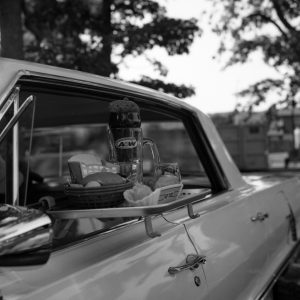
In his excellent and highly detailed review of Kodak D-76, Alex Luyckx champions D-76 for many of the same reasons I mentioned above. He has some truly exceptional sample photos shot in both medium format and 35mm in everything from a Minolta XE-7 to a Rolleiflex 2.8F.
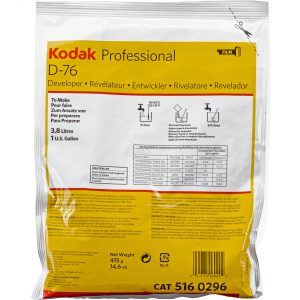
Alex goes on to say that if you’re interested in giving D-76 a try, you don’t even need to buy the Kodak branded formula seen below, as there are other options such as Ilford ID-11 and the Film Photography Project’s own version called FPP76. There are even some “improved” versions of D-76 such as Photographer’s Forumulary’s Divided D-76.
Regardless of which version of this tried and true developer you go with, it will come in powder format which makes it easy to ship and store, only needing to be mixed when needed.
The following two charts both come from Modern Photography’s November 1967 year end wrap up of available developers and shows Kodak D-76 compared to other popular single shot and reusable developers of the day and gives recommendations on development times for each.
In the article below, author Mike Edelson proclaims D-76 as his “desert island” developer for it’s ease of use and universal qualities. His article is filled with tips and tricks to using it with a variety of films, even giving some suggestions on pushing the development to get faster speeds from your film.
If buying D-76 from the store is not something you’re interested in doing, there’s even a recipe on how you could make it yourself, although I imagine acquiring all of the individual chemicals to make your own would eliminate any possible cost savings unless you were looking to make a ridiculous amount.
I must admit that I am most familiar with Kodak’s HC-110 as my preferred black and white developer, but as my bottle is almost empty, my next run to the film store will likely produce a bag of some D-76 after writing this article!
All scans used with permission by Marc Bergman, 2020.

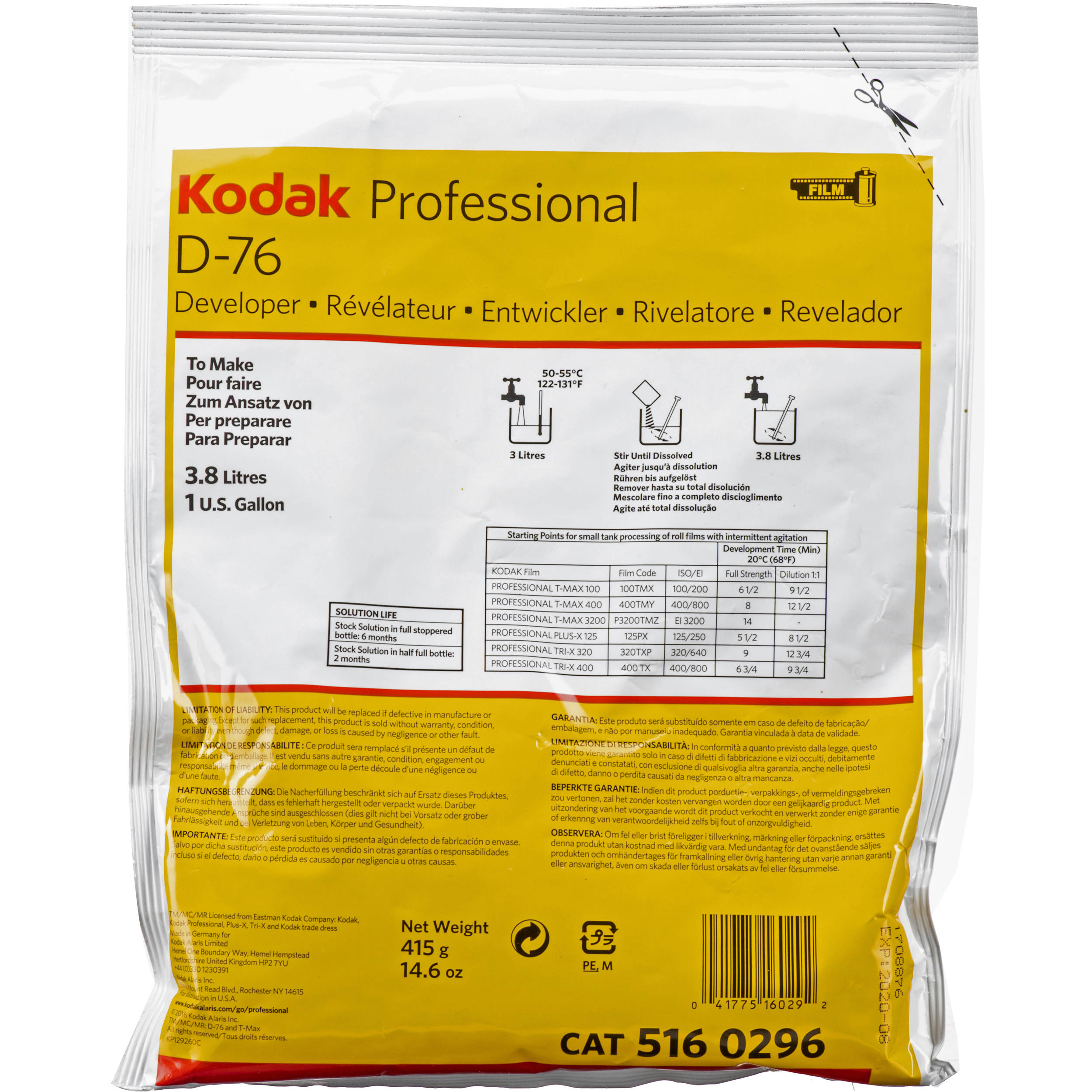
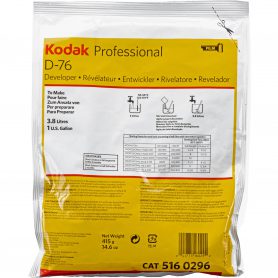
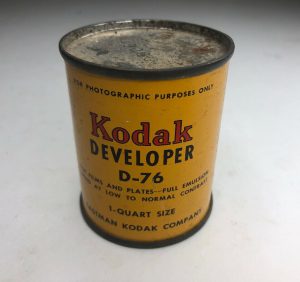
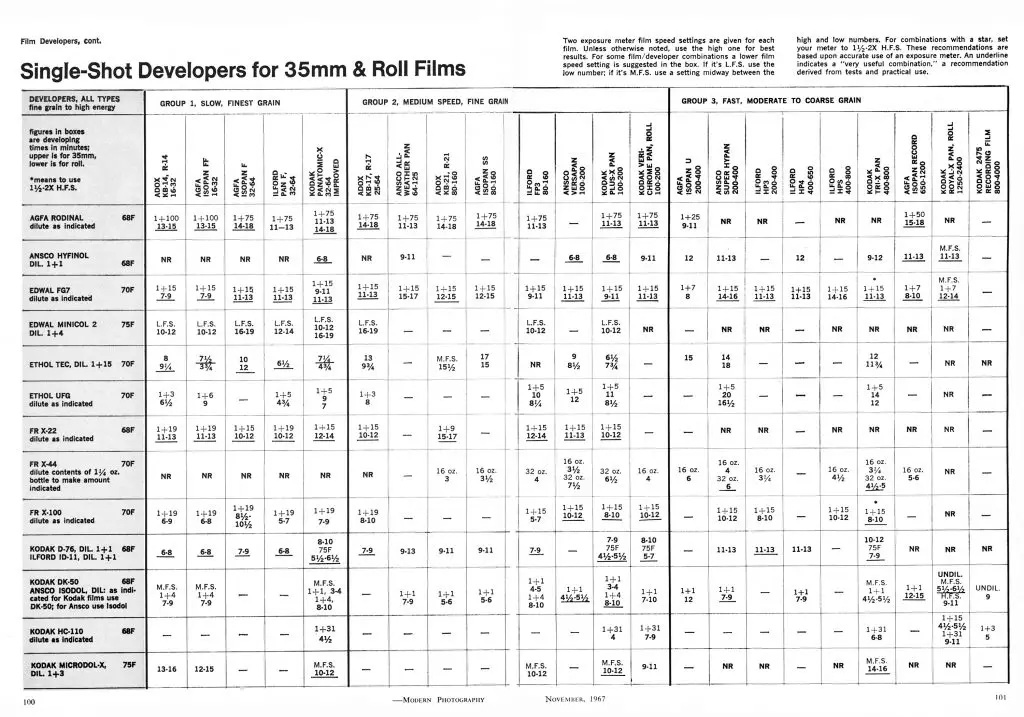
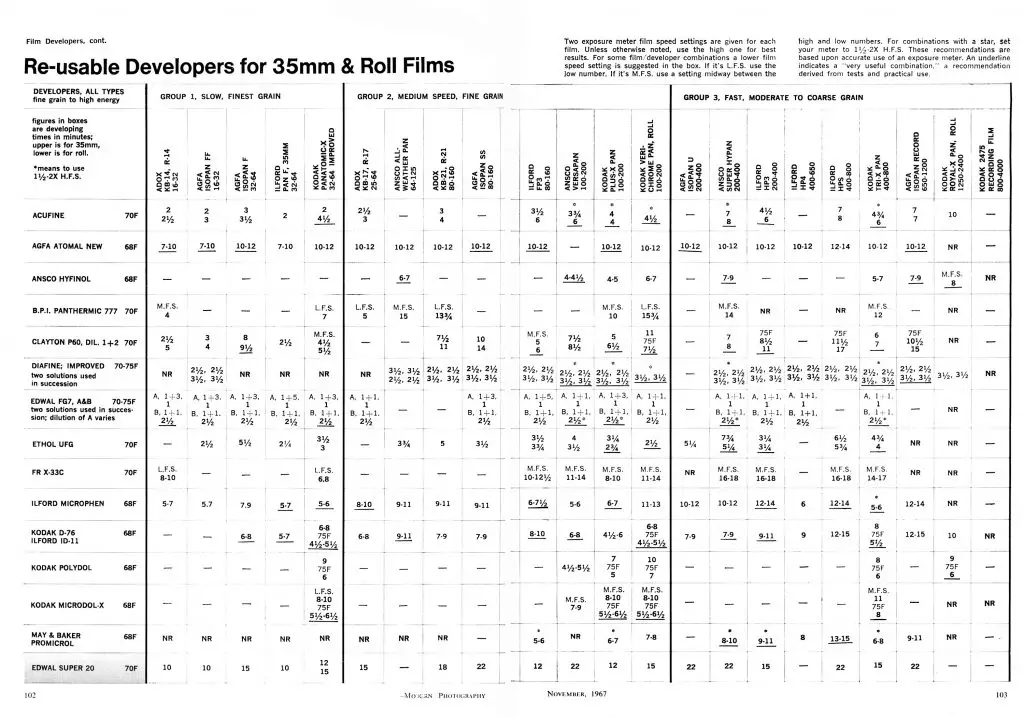
As a college student with a “let’s try this” approach to photography in the late 1960’s to 1970’s, I bought 135 and 120 film from a Kodak dealer or Freestyle Photo Sales when money was (somewhat) loose or tight. Thus, I had black-and-white film from both sides of the Iron Curtain. (ORWO from East Germany, Ilford from the UK, a Freestyle Sales mystery film from who-knows-where.)
How does one develop such a varied set of films with just one developer? The usual answer was: Kodak D-76. One could usually find a suggested development time from the leaflet that came with the bulk film roll, or from other photographers. I did buy Rodinal for the ORWO films, though I did try D-76 1:1 on these “Red films” first. I also tried HC-110 Dilution B on ORWO films, but they produced better results with either D-76 or Rodinal.
Long story short, even the odd Neopan or Sakura black-and-white roll was developed in D-76 1:1 along with EKC’s Plus-X and Tri-X Pan with good results.Mixing a batch of D-76 from powder is/was less convenient than diluting a liquid developer. Trying to get the right dilution in the 1:50 or 1:75 range required a steady hand and eye with Rodinal, so I didn’t use this venerable film developer very often. At times, even HC-110 concentrate could turn color if I didn’t use it quickly. When Falcon Products came out with the “concertina/bellows” plastic bottles, keeping stock D-76 or Dektol fresh as it was/wasn’t used solved that problem.
I did try Divided D-76 and even “C-76” as a Photographer’s Formulary client. I recall a company that promoted the “recipe approach” by quoting teaspoon and Tablespoon measurements of basic chemicals. Eventually I bought a double beam balance scale and round filter paper disks to measure out basic chemicals, though this equipment was associated with “druggies” or professional Orchid growers.
Those were interesting times, when D-76 was the go-to film developer for “full tonal range” photography, as opposed to the “soot-and-whitewash” how-far-can-you-push Kodak 2475 days of available light photography with Diafine.